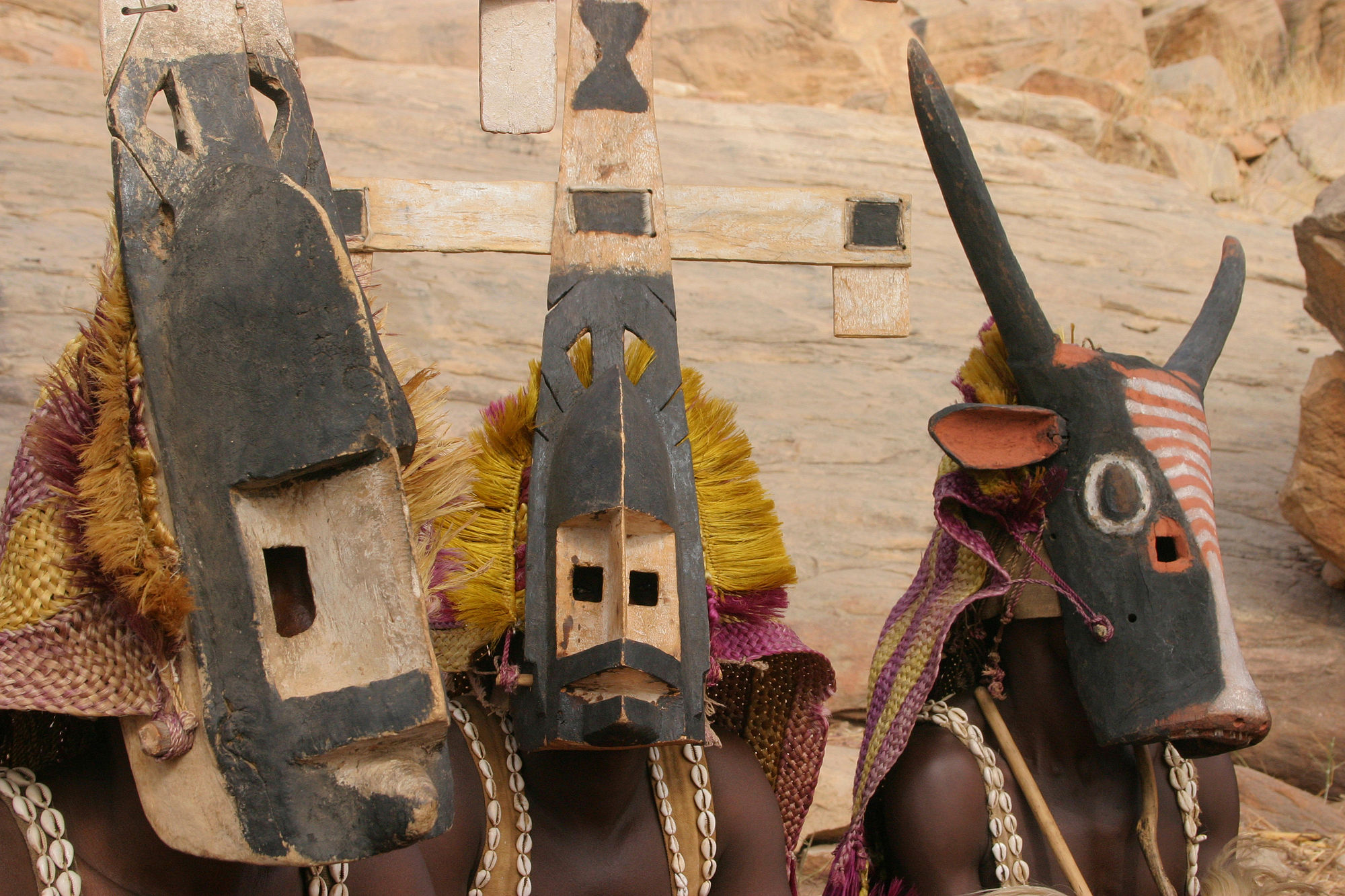Debunking Myths About African Dance: What You Need to Know
Understanding African Dance
When it comes to African dance, many misconceptions and myths abound. Often perceived as a monolithic form of expression, African dance is actually a rich tapestry of diverse styles and traditions. Each dance tells a unique story and serves a specific purpose within its cultural context. By shedding light on these myths, we can gain a deeper appreciation for this dynamic art form.

Myth 1: African Dance Is Homogeneous
One of the most pervasive myths is that African dance is a single, uniform style. In reality, the African continent is home to over 50 countries, each with its own distinct cultures and traditions. This means there are hundreds, if not thousands, of unique dance forms. From the energetic rhythms of South Africa's gumboot dance to the intricate footwork of West Africa's Kpanlogo, each style is as varied as the people who perform them.
Myth 2: It's All About Rhythm
While rhythm is undeniably a crucial component of African dance, it is not the only element. African dances often incorporate storytelling, symbolism, and spirituality. Many dances are performed during rituals and ceremonies, serving as a vehicle for cultural expression and communication. These dances can convey messages of love, war, celebration, or mourning, showcasing their multifaceted nature.

Myth 3: Only Experts Can Participate
Another common misconception is that African dance requires professional-level expertise. On the contrary, many African dances are communal activities meant for everyone to enjoy. They often feature simple movements that allow all participants to join in, regardless of their skill level. The emphasis is on community and participation rather than technical perfection.
The Role of African Dance in Society
African dance plays a vital role in the social fabric of many communities. It serves as a means of preserving cultural heritage and passing down traditions from generation to generation. Dance acts as both an educational tool and a form of entertainment, offering insights into the values and beliefs of different cultures.

Beyond Entertainment: Dance as Education
African dance is not just about entertainment; it can also be educational. Many dances teach important life skills and lessons. For instance, dances performed during rites of passage often convey themes of growth, responsibility, and community values. These cultural practices help instill a sense of identity and belonging among younger generations.
Breaking Stereotypes Through Dance
By debunking these myths, we can challenge stereotypes and foster a more accurate understanding of African dance. This art form is not just an exotic curiosity but a vital expression of human creativity and resilience. Whether you are an enthusiastic participant or an appreciative observer, acknowledging the depth and diversity of African dance enriches our appreciation for this vibrant cultural heritage.
